If you’re looking to take your business to the next level and help your products stand out, you can’t afford to ignore the power of product tutorials.
Ever tried to use a product without any instructions? It’s not a fun process, is it?
Product tutorials solve that problem by helping current and future customers understand the value of what you’re selling because they showcase exactly how to use it.
But when a product tutorial is too lengthy, too complicated, or doesn’t look like something your customer needs, they might end up abandoning it all together.
And that’s not a good sales strategy for anyone.
Because the end goal isn’t to get a customer, it’s to keep a customer.
And that means creating a product tutorial that makes it super easy for a new customer to start using—and succeed at using—your product.
So much so that they want to keep on using it. You know, forever.
Here are a few companies that did just that.
1. Buffer keeps it simple
The global average for cart abandonment across desktop, tablet, and mobile devices is a staggering 77.24%.
That means there is an extremely likely chance you’ll lose your hard-won customers before they even make it through the onboarding process.
Avoid this classic pitfall by keeping your product tutorial super simple. Just like Buffer.
To get started, you just have to connect your social network accounts.
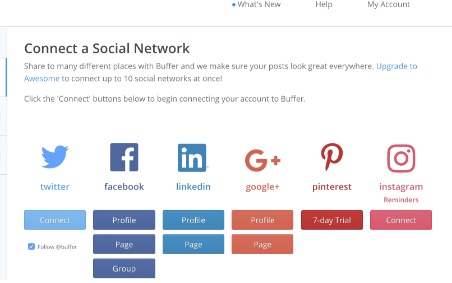
And compose your first social media post.

Buffer sends a series of onboarding emails to customers to help them navigate their service, starting with this welcome email:
The email cross-promotes the Buffer browser extension and provides a brief breakdown of why it’s useful.
A few days later, the company sends a similar email that explains their Android and iOS app.
The entire signup process takes less than five minutes and is virtually foolproof. The onboarding email series guides customers along the way without overwhelming them.
The Co-Founder of Buffer, Leo Widrich, explained it best in this Chargify blog post:
“As entrepreneurs we’re often so excited about the possibilities of our product that we feel like we need to show our customers everything the second they sign up for our product.
Instead of doing that, at Buffer we focused on taking a step back and think about what the most successful customers did when they first joined Buffer.”
Try a similar approach with a series of short onboarding emails about your products and services.
Mint breaks their product tutorials down into small tasks to keep things simple, transparent, and easy.
2. Mint breaks it down into smaller tasks
The goal of many online products is to make something that is ordinarily complex, simple.
Mint, a financial services company, allows customers to view all of their banking accounts, credit cards, loans, investment accounts, and properties in one place.
But to see all of this information in one spot, a user first has to sort through all of their accounts, remember usernames and passwords, and upload them to Mint.
As you can imagine, this can be a rather arduous task.
That’s why Mint breaks up a rather lengthy onboarding process into just one task: Add a bank account.
That’s it. Just one bank account.
Once a customer has added an account, they can already see a small picture of their finances.
They already have a taste of success.
It’s so easy—and so gratifying—that it makes them want to do it again. And again.
And the onboarding emails sent by Mint are one of many reasons why the company grew to 1.5 million users in just two years.
Once customers sign up for the service, Mint sends out a welcome email to help users “manage their money” in five short steps.
From there, users receive customized weekly emails summarizing their account activity.
By simplifying a complex process into smaller, more manageable steps, you’ll increase the likelihood that your customer will stick around to complete them.
It doesn’t hurt to have a little fun throughout the process.
3. Canva makes it fun
Virgin America rocked the airline industry when they introduced a safety video people actually wanted to watch.
It was so good that more than 12 million people voluntarily watched it on YouTube—without ever stepping foot on an airplane.
Your product tutorial can be the fun part. Take Canva for example. Their growth process is simple, fun, and proven to work.
Once the customer opens the program, they’re immediately taken through the process of creating their first Canva design.
The customer can pick what they want to use the design platform for.
And what they want to design.
Then Canva uses animation to show them how to create design elements.
As the customer works their way through the design process, they can choose the colors, fonts, graphics, and design elements they want to create just about anything.
The fun, personalized product tutorial resulted in a 10% boost in activation for the company.
Canva’s emails are just as fun. They list which “Canva member number” that each new user is:
You can find similar success by creating exciting product tutorials and onboarding emails.
4. Evernote gets you to start now
As Ankit Jain puts it, “The key to [product tutorial] success is to get the users hooked during that critical first 3-7 day period.”
That means your customer needs to experience a taste of what your product has to offer as quickly as possible.
That’s exactly what Evernote does.
The note-taking program gives customers an opportunity to stay organized while keeping track of their meeting notes.
To get customers hooked, Evernote wants their customers to write their first notes right away.
So the second the customer signs-up there is a note there waiting for them.
It tells them how to compose their first note and all the fun things they can do with it.
Once the customer starts taking notes, they’ll likely be hooked.
In fact, they might eventually have so many notes that they need to pay for a premium Evernote account.
That’s probably why more than 220 million users use Evernote.
Evernote introduces new users to their service with a series of onboarding emails that teach them how to use the service to its full potential.
The series starts with a welcome email that wastes no time at all. There is a “Download Evernote” button right in the email body.
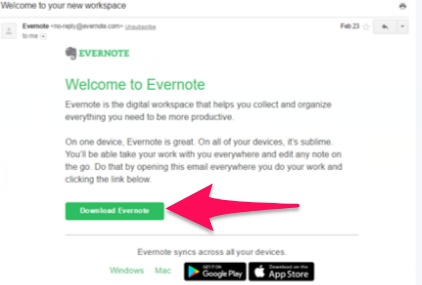
Cut to the chase quicker, just like Evernote, to activate more of your sign-ups.
5. Maven makes it personal
We know that email marketing is much more effective when it’s personalized. So why aren’t our product tutorials personalized as well?
For example, remember when doctors used to make house calls? Yeah me neither.
Despite the fact that house calls were way before my time, I still yearn for that level of personalized care.
I don’t want to look up answers to my health challenges online. That does nothing to reassure me.
And I don’t want to go to an urgent care clinic where no one knows me. They’ll just prescribe me something I don’t need.
Instead, I want to feel heard. I want to feel as though I’m taken care of.
And that’s exactly what Maven Clinic taps into.
Maven Clinic allows customers to schedule video appointments with doctors, physical therapists, and mental health professionals.
Even though it operates entirely online, it still feels personal, and they reinforce that level of intimacy throughout the entire product tutorial process.
And the company’s emails follow the exact same tone.
Maven’s founder, Kate Ryder, says that this personal touch is what makes the company such a success.
“The responses we get from clients after launching Maven are fantastic — they get great feedback from their employees about how this sends a positive message about supporting a family-friendly culture.”
The second a customer signs-up they receive a welcome note from their own personal wellness coordinator.
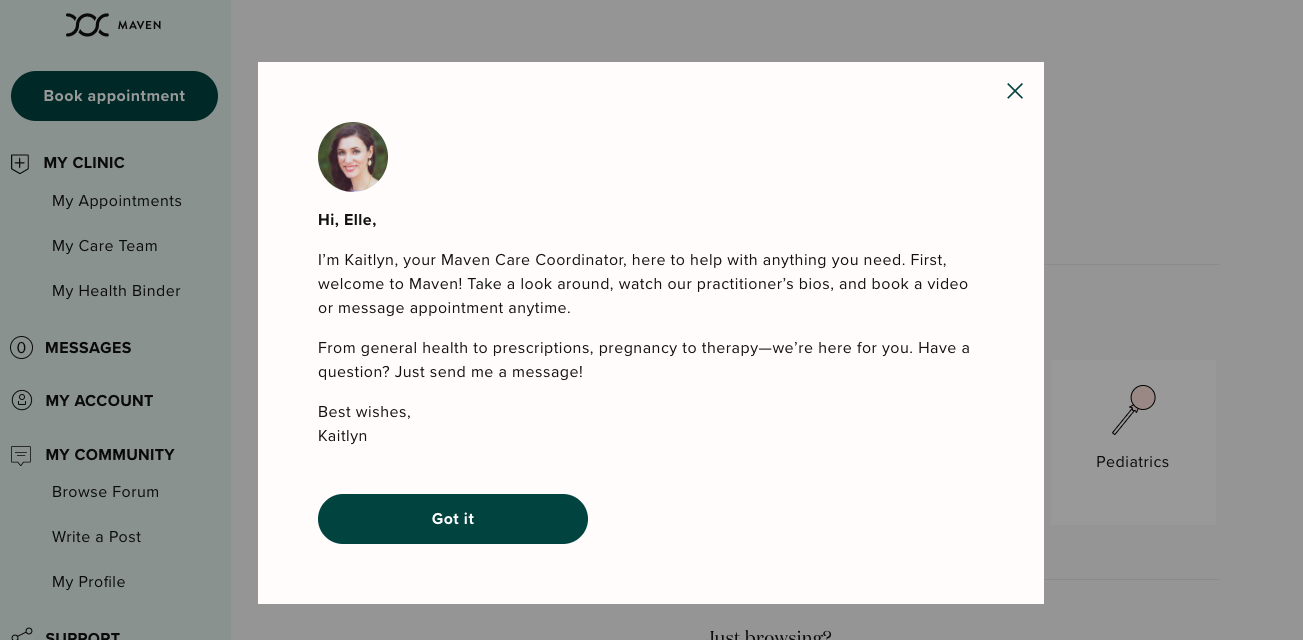 https://blog.kissmetrics.com/product-tutorials-to-activate-signups/
https://blog.kissmetrics.com/product-tutorials-to-activate-signups/


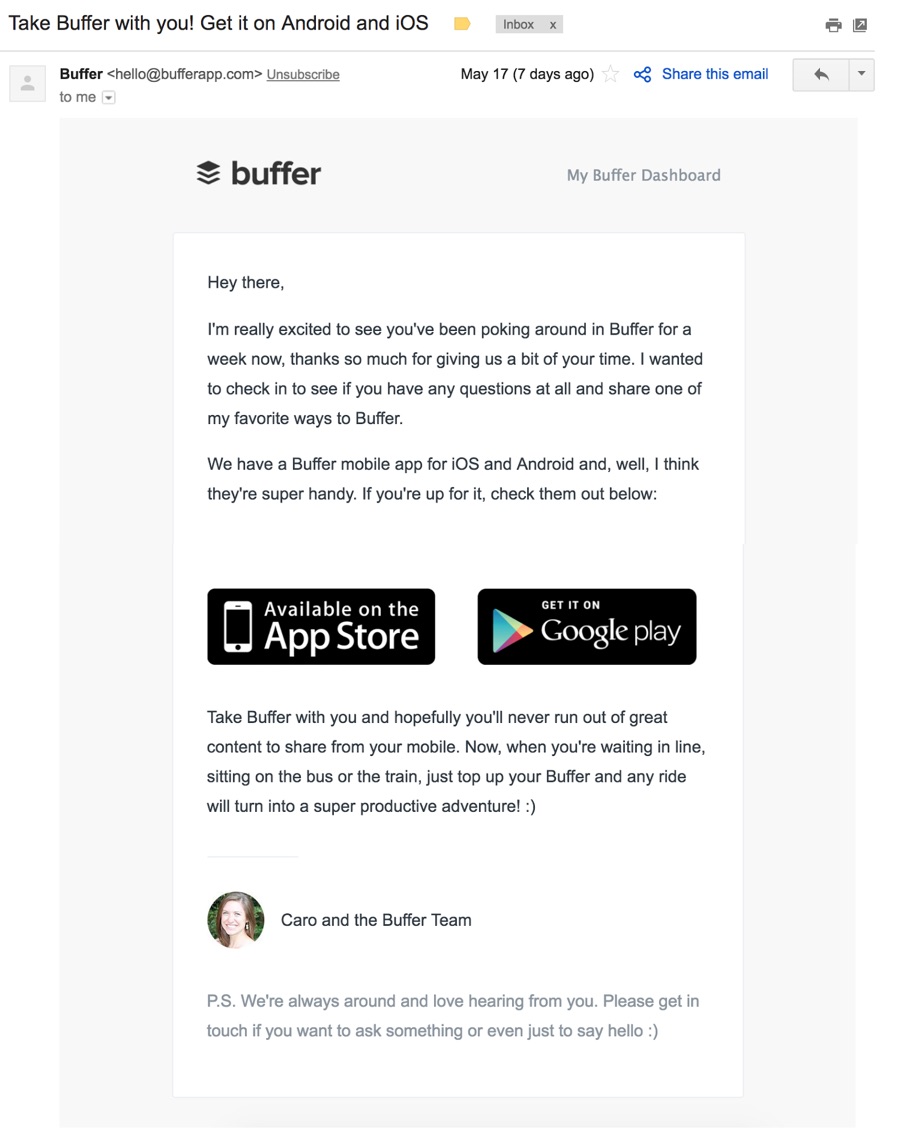
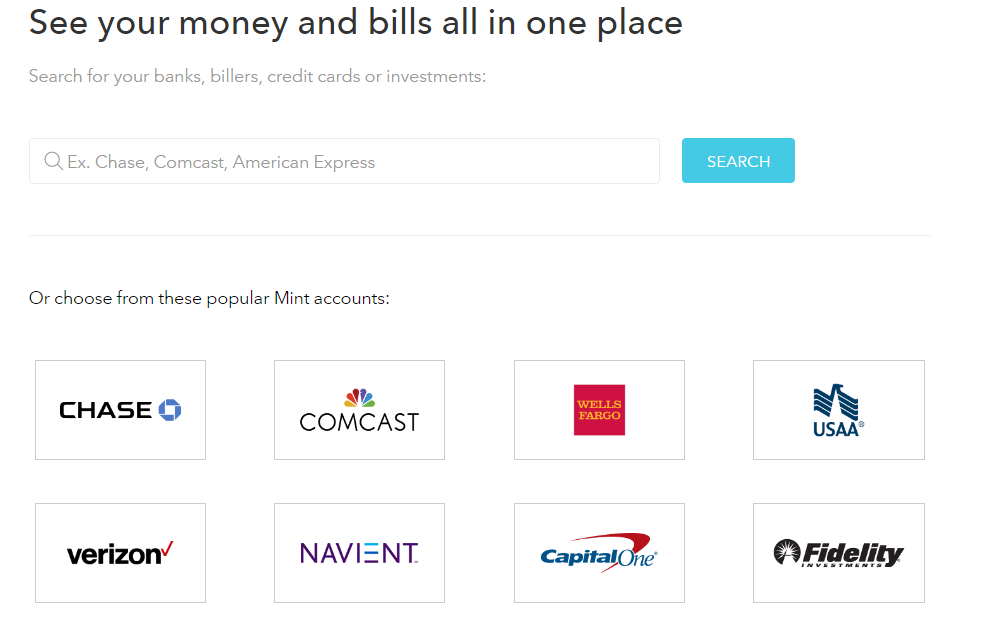
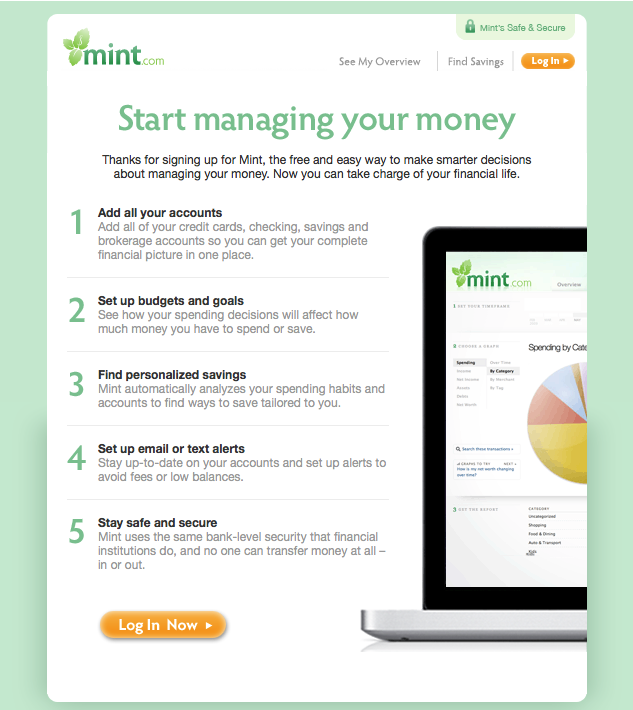

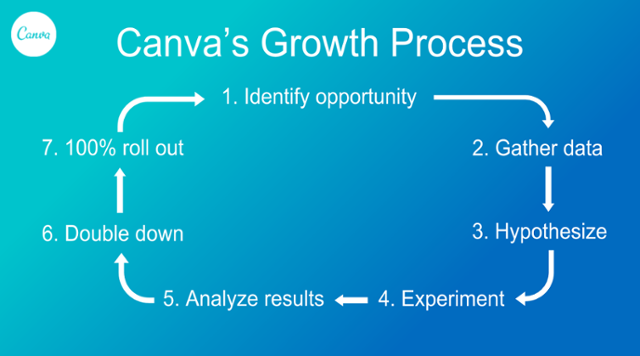
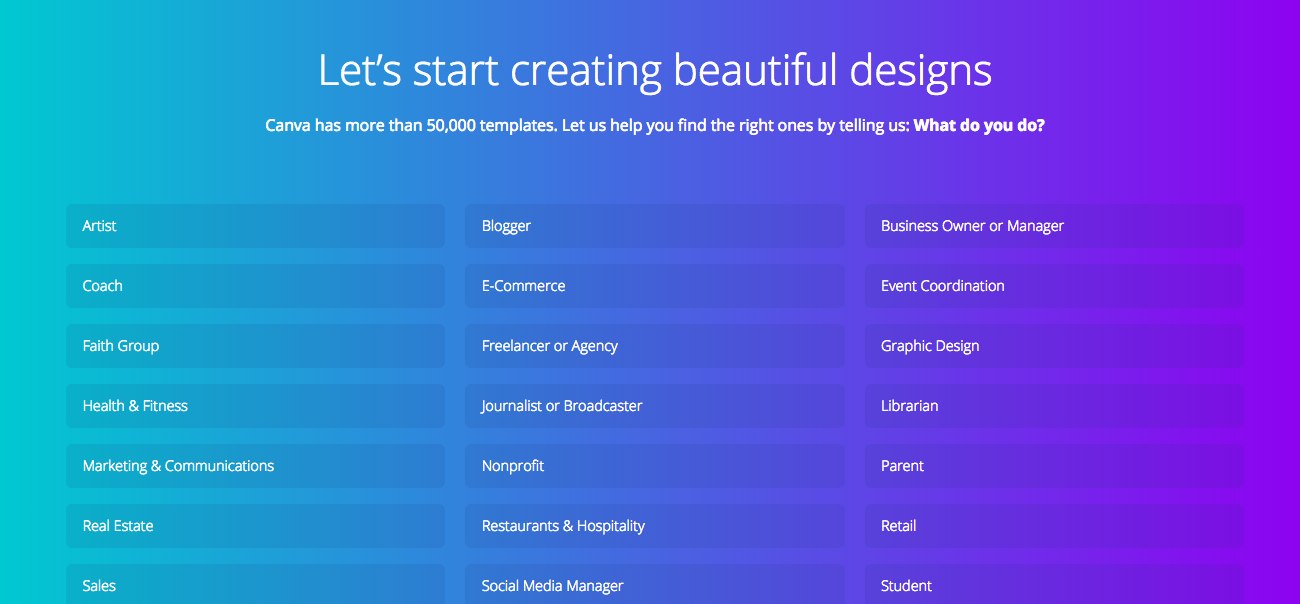
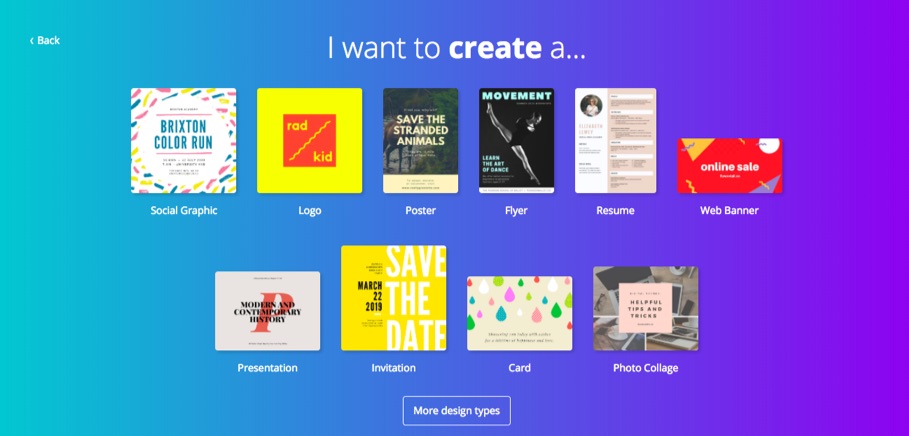
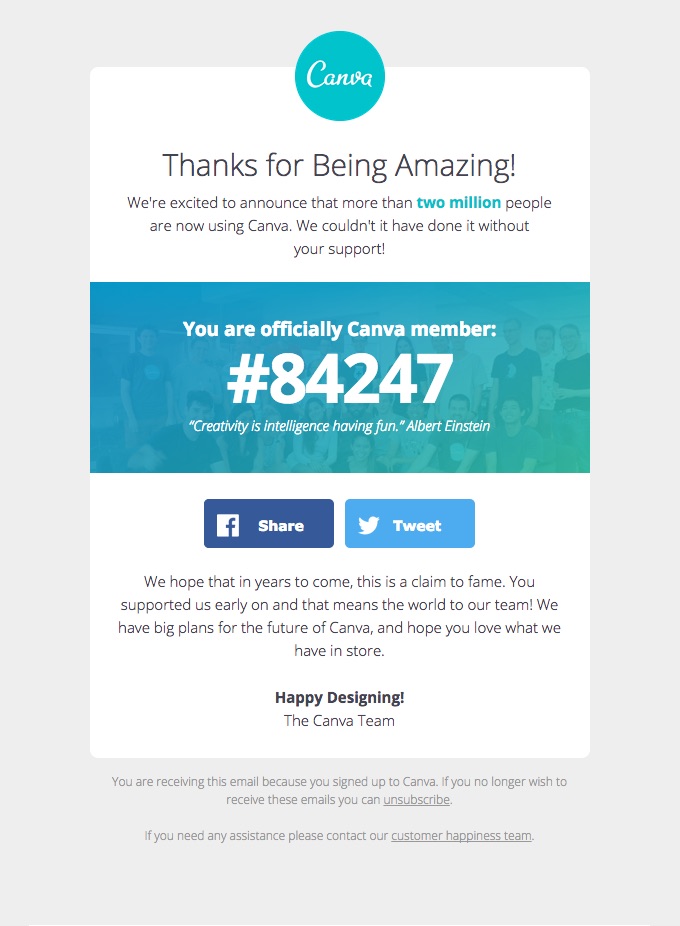
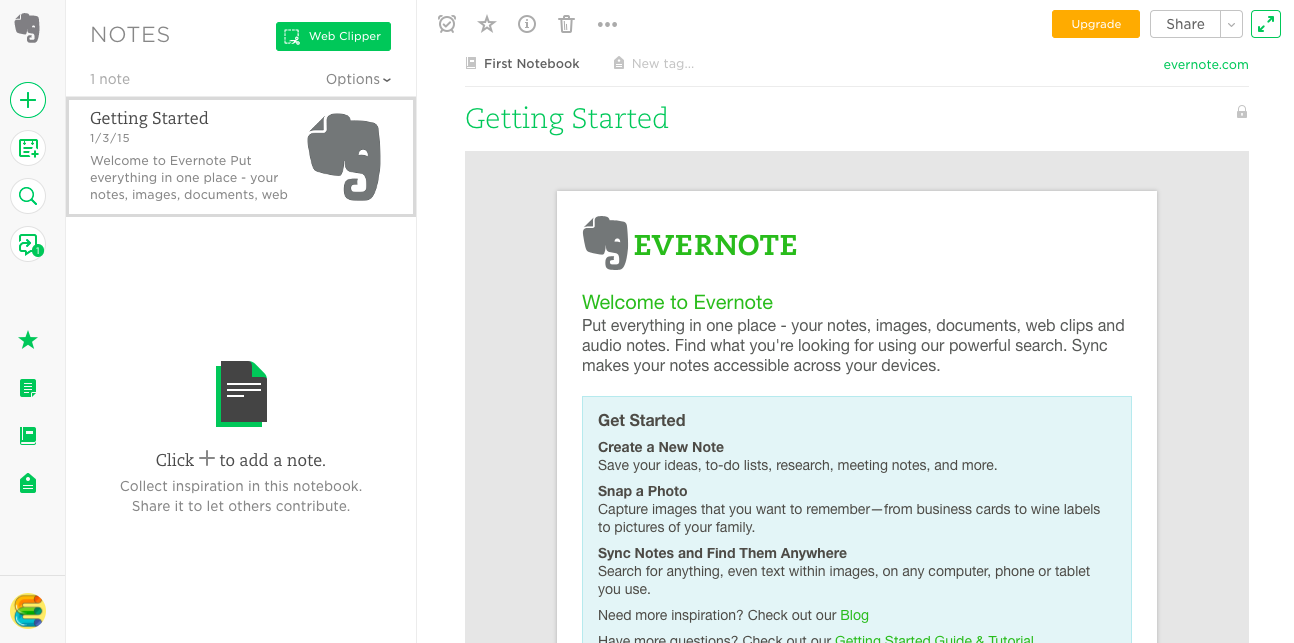
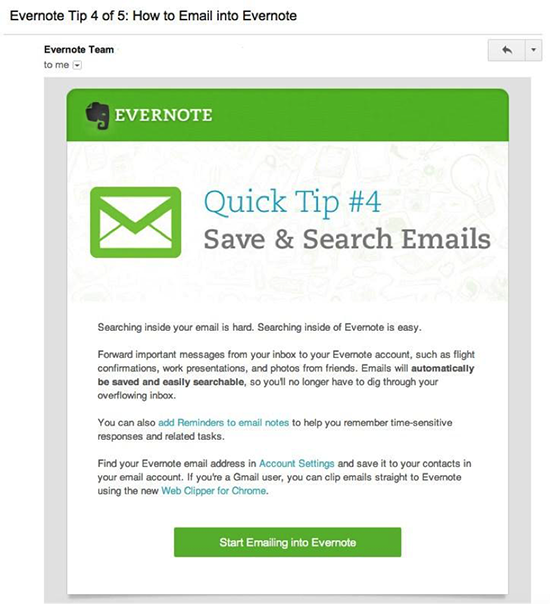
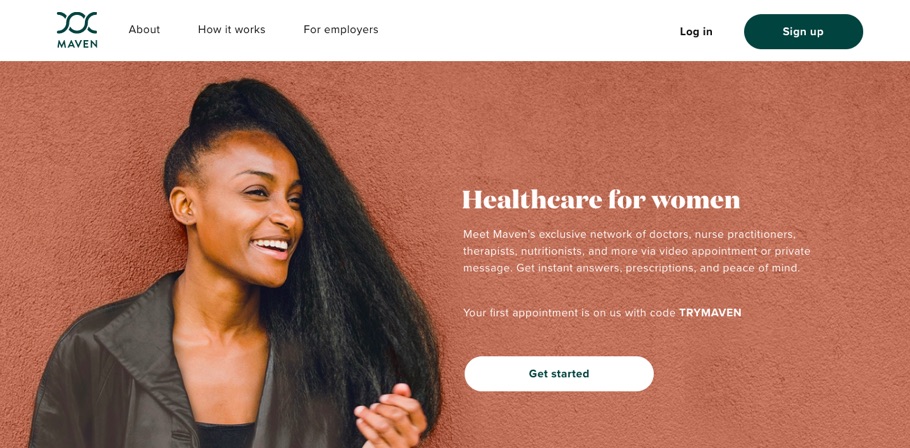
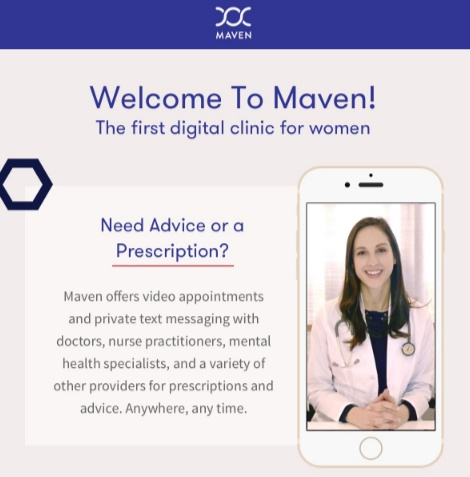
No comments:
Post a Comment